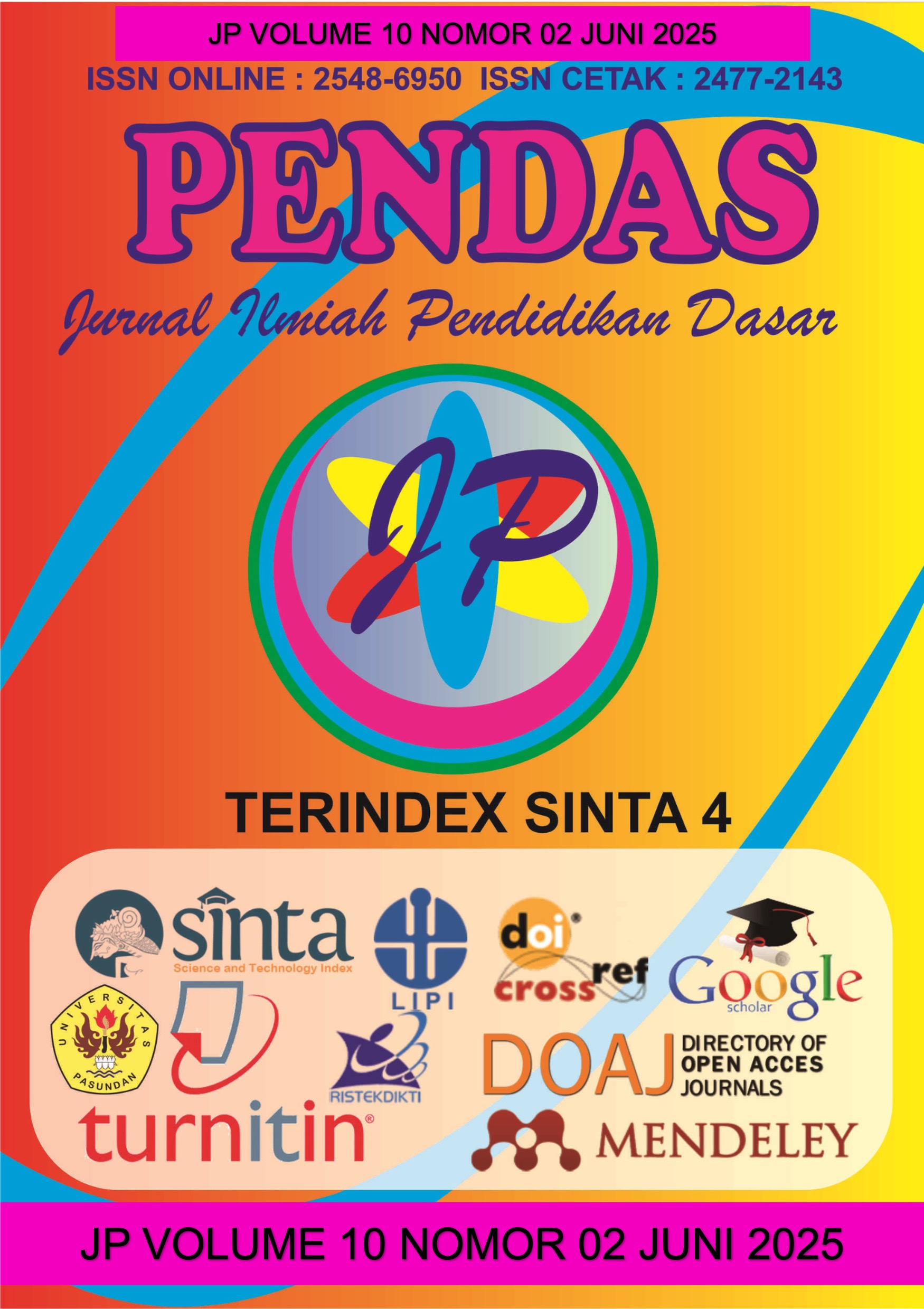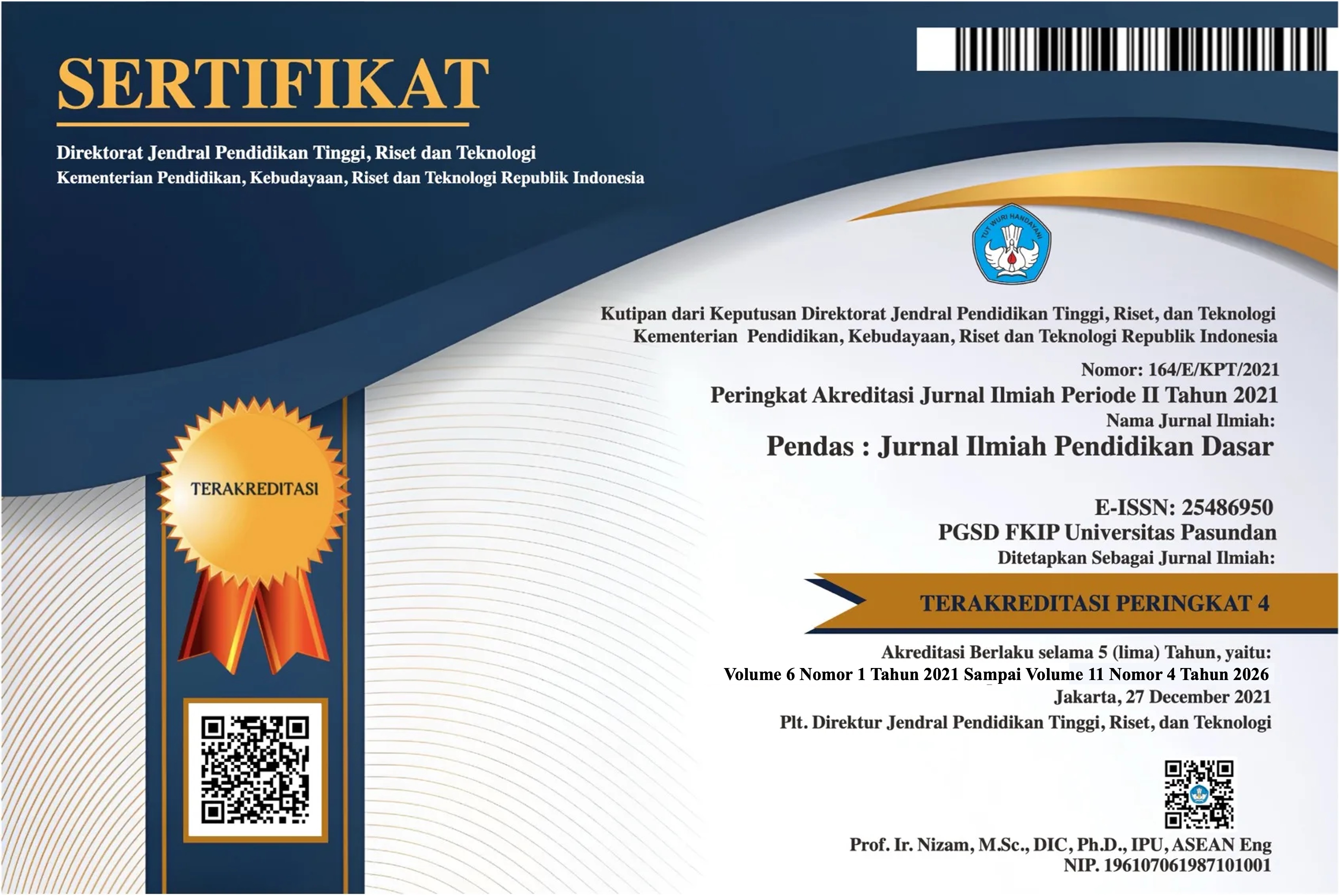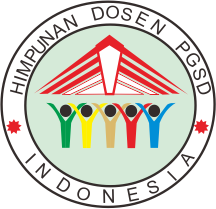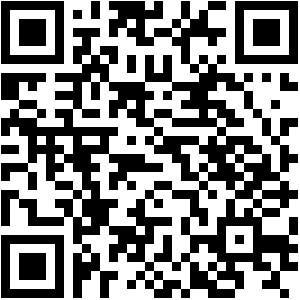PENGARUH PENERAPAN MEDIA “GOOGLE EARTH” BERBASIS MODEL PEMBELAJARAN PROBLEM BASE LEARNING UNTUK MENINGKATKAN BERFIKIR SPASIAL SISWA PADA MATA PELAJARAN GEOGRAFI DI SMA N 2 PARIAMAN
DOI:
https://doi.org/10.23969/jp.v10i02.23919Keywords:
Learning Media, Google Earth, Spatial Thinking SkillsAbstract
This study aims to determine the effect of Google Earth learning media on the spatial thinking ability of students of SMAN 2 Pariaman. The research method used in this research is Experimental Method. Sampling was done by purposive sampling technique. The samples in this study were students of class XI.F 1 as the experimental class given the treatment of Google Earth application learning media and class XI. F3 as a control that was treated with Map learning media. Data collection using pretest and posttest instruments in the form of multiple choice that has been tested for validity and reliability, and observation. The result of this study is that there is an effect of Google Earth Learning Media on the spatial thinking ability of students in class XI. F1 SMAN 2 Pariaman. The average posttest of the experimental class was 91 and the control class was 81.39. Data analysis using the Paired Sample T-Test test from the calculated data obtained a significance level (Sig.) of 0.001 because the significance is smaller than 0.005 (0.001 <0.005), then Ho is rejected and Ha is accepted.
Downloads
References
Derrow-Pinion, A., She, J., Wong, D., Lange, O., Hester, T., Perez, L., ... & Velickovic, P. (2021, October). Eta prediction with graph neural networks in google maps. In Proceedings of the 30th ACM international conference on information & knowledge management (pp. 3767-3776).
Dewitt, D. B., & Ayoob, M. (1987). Regional Security in the Third World Case Studies from Southeast Asia and the Middle East. International Journal, 42(3), 610. https://doi.org/10.2307/40202478
Fadillah. (2022). Pengaruh Penggunaan Media Google My Maps terhadap Kecerdasan Spasial didik kelas XI-IPS di SMAN 1 Cisarua, Kabupaten Bandung Barat. Jurnal Edukasi IPS. VI (2). 10-15.
Fitriana, E. (2021). Pendidikan Siaga Bencana: Pendekatan Dalam Pembelajaran Geografi. Meretas: Jurnal Ilmu Pendidikan, 8(1), 72-87.
Halimah, A. N., Widiyatmoko, W., Wardhani, P. I., & Wibowo, Y. A. (2022). The Relationship of Spatial Thinking Ability and Understanding Image Interpretation of Google Earth By Students at SMAN 2 Karanganyar. Proceedings of the International Conference of Learning on Advance Education (ICOLAE 2021), 662(Icolae 2021), 1083–1092. https://doi.org/10.2991/assehr.k.220503.119
Hidayat, M. (2022). IMPROVING STUDENTS ’ SPATIAL THINKING ABILITY BY APPLYING THE " BLENDED LEARNING-RIGOROUS MATHEMATICAL THINKING ".
Hidayat, T. (2021). Pengaruh Penggunaan Aplikasi Google Maps terhadap minat belajar geografi peserta didik di SMA Negeri Kota Langsa. Jurnal Samudera Geogrfi. V (1). 1-10.
Hu, W. C., Wu, H. Te, Cho, H. H., & Tseng, F. H. (2020). Optimal route planning system for logistics vehicles based on artificial intelligence. Journal of Internet Technology, 21(3), 757–764. https://doi.org/10.3966/160792642020052103013
Isnaini, N. (2023). Meta Analisis: Model Pembelajaran Geografi untuk Meningkatkan Kemampuan berpikir Spasial Peserta didik di Indonesia. Jurnal Kajian, Penelitian dan Pengembangan. XI (2). 1-15.
Kurniawan, N. (2022). Kemampuan Berfikir Spasial Mahasiswa Mata Kuliah Ilmu Perpetaan di Prodi Pendidikan IPSI. Edukasi IPS. VI (2). 39-46.
Lestari, E., Wargani, S. K., & Silaban, F. A. (2023). Analisis Kemampuan Visual-Spasial Dalam Menyelesaikan Masalah Geometri Ditinjau Dari Gaya Belajar Siswa Kelas X SMK Yadika 8 Jati Mulya. Khatulistiwa: Jurnal Pendidikan dan Sosial Humaniora, 3(4), 150-162.
Liu, P., & Biljecki, F. (2022). A review of spatially-explicit GeoAI applications in Urban Geography. International Journal of Applied Earth Observation and Geoinformation, 112, 102936.
Logan, J. R. (2012). Making a place for space: Spatial thinking in social science. Annual Review of Sociology, 38, 507–524. https://doi.org/10.1146/annurev-soc-071811-145531
Medani, Z.,P. (2022) Pengaruh Model Guided Discovery Learnin berbantuan Google my Maps terhadap kemampuan berpikir spasial siswa SMAN 1 Singosari. Jurnal Integrasi. V (2). 1-10.
Mutia, T., Rosyida, F., Alfyananda, P. K., Alfi, S., & Wulan, P. S. (2023). Media Google Earth dengan Problem Based Learning Berpengaruh terhadap Kemampuan Bepikir Spasial Siswa SMA. GEOGRAPHY: Jurnal Kajian, Penelitian dan Pengembangan Pendidikan, 11(2), 303-309.
Nurcahyo, A. D., & Winanti, E. T. (2021). Pengaruh model Problem Based Learning terintegrasi pendekatan induktif terhadap kemampuan berpikir spasial dan pengetahuan siswa pada materi mitigasi bencana. Jurnal Pendidikan Geografi: Kajian, Teori, dan Praktek dalam Bidang Pendidikan dan Ilmu Geografi, 26(1), 4.
Putra, A. K., Deffinika, I., & Islam, M. N. (2021). The Effect of Blended Project-Based Learning with STEM Approach to Spatial Thinking Ability and Geographic Skill. International Journal of Instruction, 14(3), 685-704.
Ridha, S., Putri, E., Kamil, P. A., Utaya, S., Bachri, S., & Handoyo, B. (2020, May). The importance of designing GIS learning material based on spatial thinking. In IOP Conference Series: Earth and Environmental Science (Vol. 485, No. 1, p. 012027). IOP Publishing.
Sadriani, A., Ahmad, M. R. S., & Arifin, I. (2023, July). Peran guru dalam perkembangan teknologi pendidikan di era digital. In Seminar Nasional Dies Natalis 62 (Vol. 1, pp. 32-37).
Safina, L., & Suasti, Y. (2023). Development of Learning Media using Google Maps Application and Here Wego Application to Improve Spatial Thinking Ability in Students at SHS 6 Pinggir. 3(2), 114–120.
Safitri, N., D (2018). Pengaruh Penggunaan Media Peta dan Google Maps terhadp kemampuan Berpikir keruangan Peserta Didik dalam Pembelajaran IPS. Edukasi IPS. V (2) 20-35.
Sari, A. P. (2023). Penerapan Model Discovery Learning Berbasis Augmentad Reality (AR) Dalam Pembelajaran Geografi di SMA Negeri 3 Sijunjung.
Sari, Y. I., Sumarmi, Utomo, D. H., & Astina, I. K. (2021). The Effect of Problem Based Learning on Problem Solving and Scientific Writing Skills. International Journal of Instruction, 14(2), 11–26. https://doi.org/10.29333/iji.2021.1422a
Sambonu, A.,Y. (2023). Penggunaan Aplikasi Google Maps sebagai Media Pembelajaran Geografi untuk Peserta didik SMA. Jurnal Pendidikan, IV (2).20-30.
Santoso, A. (2022). Pengaruh Media Pembelajaran Google Eart Terhadap Kemampuan Berpikir Spasial Siswa SMA. Jurnal Kajian Ilmu dan Pendidikan Geografi. VI (2). 152-162.
Slattery, É. J., Butler, D., Marshall, K., Barrett, M., Hyland, N., O'Leary, M., & McAvinue, L. P. (2024). Effectiveness of a minecraft education intervention for improving spatial thinking in primary school children: A mixed methods two-level cluster randomised trial. Learning and Instruction, 94, 102003.
Sundayana, H. R. (2018). Statistika penelitian pendidikan.
Syafitri, F., Munandar, A., & Handawati, R. (2023). PENGARUH MODEL PEMBELAJARAN DISCOVERY LEARNING PADA MATERI PERSEBARAN WILAYAH RAWAN BENCANA ALAM DI INDONESIA TERHADAP KEMAMPUAN BERPIKIR SPASIAL PESERTA DIDIK. GEOGRAPHY: Jurnal Kajian, Penelitian dan Pengembangan Pendidikan, 11(2), 288-302.
Thayaseelan, K., Zhai, Y., Li, S., & Liu, X. (2024). Revalidating a measurement instrument of spatial thinking ability for junior and high school students. Disciplinary and Interdisciplinary Science Education Research, 6(1). https://doi.org/10.1186/s43031-024-00095-8
Virgiawan, D. B., Murtini, S., & Rahmah, R. R. I. (2023). Meningkatkan Kemampuan Berpikir Spasial dengan Model Discovery Learning pada Pembelajaran Geografi. ASANKA: Journal of Social Science and Education, 4(2).
Wijayanti, D., Anwar, S., Khairani, K., & Sukhaimi, N. A. (2022). Implementasi inovasi pembelajaran geografi tingkat SMA dalam kurikulum 2013. Journal on Education, 4(2), 837-843.
Wijayanto, B., Sutriani, W., & Luthfi, F. (2020). Kemampuan berfikir spasial dalam pembelajaran Abad 21. Jurnal Samudra Geografi, 3(2), 42-50
Downloads
Published
Issue
Section
License
Copyright (c) 2025 Pendas : Jurnal Ilmiah Pendidikan Dasar

This work is licensed under a Creative Commons Attribution 4.0 International License.



















